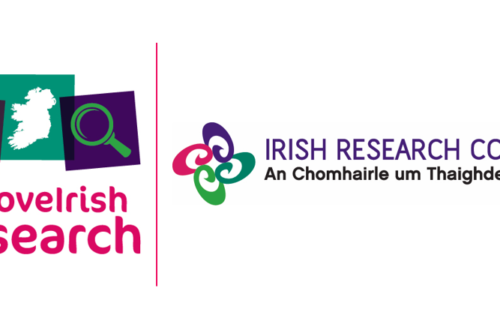
Irish Research Council Fellow Paves the Way for Quantum Computing
Posted: 11 June, 2014
Although Moore’s Law, the principal describing the trend by which computers double in power approximately every eighteen months, has proven remarkably robust since it was first proposed in the candidly titled 1965 paper Cramming More Components onto Integrated Circuits, it’s no secret to the industry that transistors, the fundamental building blocks of all modern computation, will soon have shrunk as small as they can possibly go. The race is on to find a new vision to power the post-silicon era, with quantum computing hot in the lead. Have we found a mind as bright as Gordon Moore’s to lead this exciting movement? Not yet, but have no doubt that Dr Mark Howard is certainly a strong contender. The Irish Research Council (IRC) funded Mark under the Empower Postdoctoral Fellowship program; he is first author of a new study published in the journal Nature.
Beginning his studies at NUI Galway, Mark then earned a PhD at UC Santa Barbara. Next, his research career brought him to NUI Maynooth as an Irish Research Council postdoctoral fellow at its Mathematical Physics department (under the Mentorship of Dr Jiri Vala). Most recently, his expertise has taken him back across the Atlantic Ocean to the University of Waterloo’s Institute for Quantum Computing in Ontario, Canada, where he holds another postdoctoral fellowship.
Mark’s research focuses on the advanced use of quantum particles to develop computers capable of far more efficient calculations than those which we have today – this is no small feat, considering the slippery, counter-intuitive nature of quantum physics and the unimaginably small particles over which this mysterious field governs.
“We didn’t necessarily know what resources were needed for a physical device to achieve the advantages of quantum information,” reflects Mark. “Understanding the minimum physical resources required is an important step to finding ways to harness the power of the quantum world.”
In order to build large-scale quantum computers that can tolerate real-world imperfections, error-correcting codes that protect the quantum data have been developed. In this scenario, some quantum states emerge as being particularly valuable because their presence is necessary if one ever hopes to see the superior performance provided by a quantum computer. These so-called magic states, a term coined a decade ago by their discoverers, are a crucial extra ingredient that boosts a quantum device from being no better than a classical computer to one that is exponentially better for some tasks. The discovery by Mark and his co-authors is that these magic states are exactly the quantum states that exhibit a uniquely quantum property called contextuality – a 50-year-old concept concerning measurements, discovered by (amongst others) Northern Irish physicist John Bell. This new insight – identifying a practical resource with a particular weird aspect of quantum physics – could lead to algorithms that exploit this contextuality more fully, or help characterize practical trade-offs for building large-scale devices.
Contextuality was first recognized as a feature of quantum theory almost 50 years ago. The theory showed that it was impossible to explain measurements on quantum systems in the same way as classical systems.
In the classical world, measurements simply reveal properties that the system had, such as colour, prior to the measurement. In the quantum world, the property that you discover through measurement is not the property that the system actually had prior to the measurement process. What you observe necessarily depends on how you carried out the observation.
Imagine turning over a playing card. It will be either a red suit or a black suit – a two-outcome measurement. Now imagine nine playing cards laid out in a grid with three rows and three columns. Quantum mechanics predicts something that seems contradictory – there must be an even number of red cards in every row and an odd number of red cards in every column. Try to draw a grid that obeys these rules and you will find it impossible. It’s because quantum measurements cannot be interpreted as merely revealing a pre-existing property in the same way that flipping a card reveals a red or black suit.
Measurement outcomes depend on all the other measurements that are performed – the full context of the experiment.
Contextuality means that quantum measurements cannot be thought of as simply revealing some pre-existing properties of the system under study. That’s part of the weirdness of quantum mechanics.

